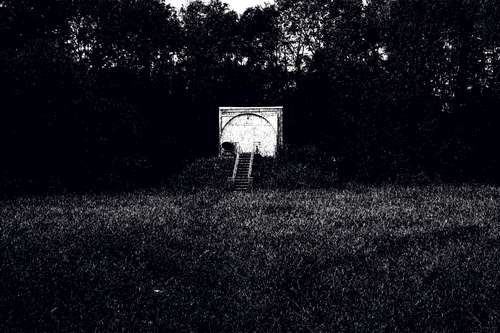
🗓️Friday, February 28, 2014
6:30 pm – 10:00 pm
FRANTS GALLERY SPACE
📍81 Wooster St. 4WM, New York, NY USA
Please RSVP 📧 rsvp@frantsgallery.com
SPb Arts Project (NY) cordially invites you to attend the opening reception for Astronomy Of Feelings by Elena Gubanova & Ivan Govorkov
Astronomy of Feelings
BY: Elena Gubanova and Ivan Govorkov
At first glance, it might appear that astronomy and feelings are concepts that do not intersect.
Astronomy – it is distances, galaxies, stars; this is a mystery. However, a human being with his feelings, fears and doubts is no less of a mystery. Observation has always been the basis of astronomy. Observation has always been the activity of an artist. A mirror is one of the instruments used by a human being for self-determination, and the very same mirror has now become the chief instrument of astronomers. A human being looks in the mirror and sees himself and outer space.
The exposition contains several parts: Observation, Time, Harmony, Melancholy and Gravity. In our project, we consciously decided to reconcile various styles and genres of our creative work; we took work from different times, paintings and videos, photographs and objects. By placing them next to each other, we tried to accentuate the connections that could unite these works by creating an emotional tension. For instance, in the part Observation, we are uniting the dramatic portrait Sister, painted in 1978, and the latest works Observation of Mars in 1937 (painting with photographs of astronomic observations of 1937). In the part Melancholy, the black-and-white photographs of a deserted observatory is united by its tension and sorrow with the painting Dream (1978). In the theme Harmony, the classical art is harmonizing with the conceptual structure of the Universe, and in Gravity, the subject of the uniting of the sometimes-violent in life with the mysterious in cosmos is illustrated by the painting Lonely Voice of Man (1987) and minimalist relieves with mirror and brackets (2013). The sculpture made out of interconnected vises is a metaphor for both human relationships and gravity. And stone alarm clocks are an ironic and philosophical glance of the artists at the notion of time. It could be said that this exhibition is about nostalgia for illusions of the people who, in their youth, thought that they would live forever and that the mankind would conquer the universe.